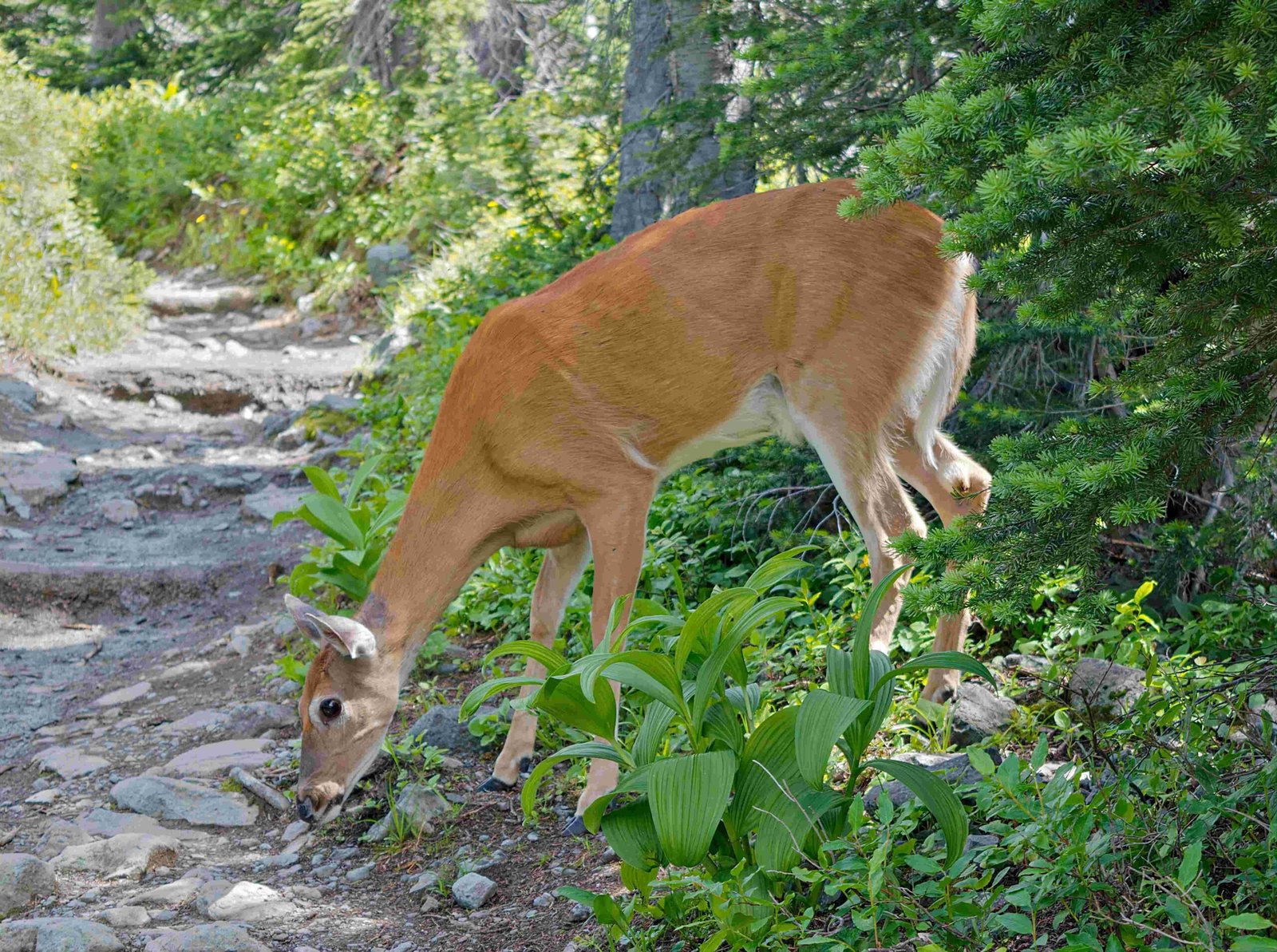Kokanee salmon in Glacier National Park are a fascinating species that play a crucial role in the park’s ecosystem. These landlocked sockeye salmon inhabit cold, clear lakes and tributaries, providing a vital food source for wildlife and attracting visitors during their spectacular spawning season. The park’s efforts to conserve and manage kokanee populations highlight the delicate balance of nature and the importance of preserving native species in protected areas.
What Are the Specific Habitats of Kokanee Salmon in Glacier National Park?

Kokanee salmon in Glacier National Park thrive in specific habitats that cater to their unique lifecycle requirements:
- Lake Environments:
- Cold, clear lakes and reservoirs
- Found at various depths, depending on water temperature
-
Prefer temperatures between 50-59°F (10-15°C)
-
Spawning Areas:
- Lower portions of tributary streams
- Lake shores with suitable conditions
-
Require loose rubble, gravel, and sand substrates
-
Key Locations:
- Lake McDonald
- Flathead Lake
- McDonald Creek (prime spawning site)
The outlet of Lake McDonald exemplifies an ideal kokanee salmon habitat, featuring:
- Fast-flowing water
- Clear and cold conditions
- Shallow depth
- Gravelly creek bed
These characteristics make it an excellent spawning ground for the salmon, supporting their reproductive cycle and population sustainability.
When Is the Spawning Season and Where Are the Best Observation Points?

The kokanee salmon spawning season in Glacier National Park is a remarkable natural event that attracts both wildlife and human observers. Understanding the timing and locations can enhance your chances of witnessing this spectacular occurrence.
Spawning Timeline:
| Month | Activity |
|---|---|
| Late September | Male salmon arrive at spawning sites |
| October | Peak spawning activity |
| Early to Mid-November | Spawning season concludes |
Prime Observation Locations:
- McDonald Creek:
- Supports one of the highest seasonal bald eagle concentrations
-
Offers excellent viewing opportunities for both salmon and eagles
-
Flathead River System:
- Provides additional spawning grounds
-
Accessible viewing areas along the river
-
Shallow Bays of Flathead Lake:
- Offers opportunities to observe pre-spawning behavior
- Best viewed from designated shoreline areas
For the best observation experience:
- Visit during early morning or late afternoon
- Bring binoculars for a closer view
- Respect wildlife and maintain a safe distance
- Follow park guidelines and regulations
What Are the Fishing Regulations and Best Practices for Kokanee Salmon?
Fishing for kokanee salmon in Glacier National Park is subject to specific regulations and best practices to ensure sustainable populations and protect the ecosystem. While detailed current regulations are not provided in the available sources, here are general guidelines and considerations:
Fishing Regulations:
- Licensing Requirements:
- Montana fishing license required
-
Park-specific permits may be necessary (check current regulations)
-
Catch Limits:
- Vary based on current population status
-
May change seasonally or annually
-
Gear Restrictions:
- Specific lure or bait types may be restricted
- Barbless hooks often required in protected areas
Best Practices:
- Practice catch and release when possible
- Use appropriate gear to minimize harm to fish
- Clean and dry equipment to prevent spread of invasive species
- Respect closed areas and seasons, especially during spawning
Peak Fishing Times:
While specific peak times are not detailed in the provided sources, generally:
- Avoid fishing during the spawning season (late September to mid-November)
- Early summer and late spring can be productive when fish are active in lakes
- Early morning and evening hours often yield better results
Note: Always check with the Montana Department of Fish, Wildlife and Parks or Glacier National Park officials for the most up-to-date and specific regulations before fishing.
How Are Conservation Efforts Protecting Kokanee Salmon in the Park?
Conservation of kokanee salmon in Glacier National Park involves a multi-faceted approach, addressing various challenges and involving multiple stakeholders. Here’s an overview of the ongoing efforts:
Habitat Preservation and Monitoring:
- Critical Habitat Maintenance:
- Protecting spawning grounds from disturbance
-
Monitoring water quality in lakes and streams
-
Ecological Balance Studies:
- Assessing interactions between salmon, bald eagles, and other wildlife
- Monitoring food web dynamics
Collaborative Initiatives:
- Joint efforts between Bonneville Power Administration and Montana Department of Fish, Wildlife and Parks
- Focus on sustaining strong salmon runs
- Research on impacts of introduced species (e.g., mysis shrimp, lake trout)
Community Engagement and Education:
- Public Awareness Programs:
- Educational initiatives about kokanee salmon ecology
-
Guided viewing opportunities during spawning season
-
Citizen Science Projects:
- Involving local communities in monitoring efforts
- Reporting sightings and observations
Addressing Non-Native Species Impacts:
The introduction of mysis shrimp in the 1960s significantly impacted kokanee populations. Current efforts include:
- Studies on food web interactions
- Monitoring and managing lake trout populations
- Developing strategies to mitigate impacts of non-native species
Future Conservation Strategies:
- Climate Change Adaptation:
- Assessing potential impacts on kokanee habitats
-
Developing strategies to maintain suitable water temperatures
-
Genetic Diversity Preservation:
- Monitoring population genetics
-
Potential captive breeding programs if necessary
-
Watershed Protection:
- Collaborating with surrounding communities on water quality initiatives
- Reducing pollution and sedimentation in spawning areas
By implementing these comprehensive conservation efforts, Glacier National Park aims to ensure the long-term survival and health of kokanee salmon populations, maintaining their crucial role in the park’s ecosystem and continuing to provide unique wildlife viewing and recreational opportunities for visitors.
The conservation of kokanee salmon in Glacier National Park exemplifies the complex interplay between native species, introduced organisms, and human activities. It underscores the importance of adaptive management strategies and the need for ongoing research and community involvement in preserving our natural heritage.